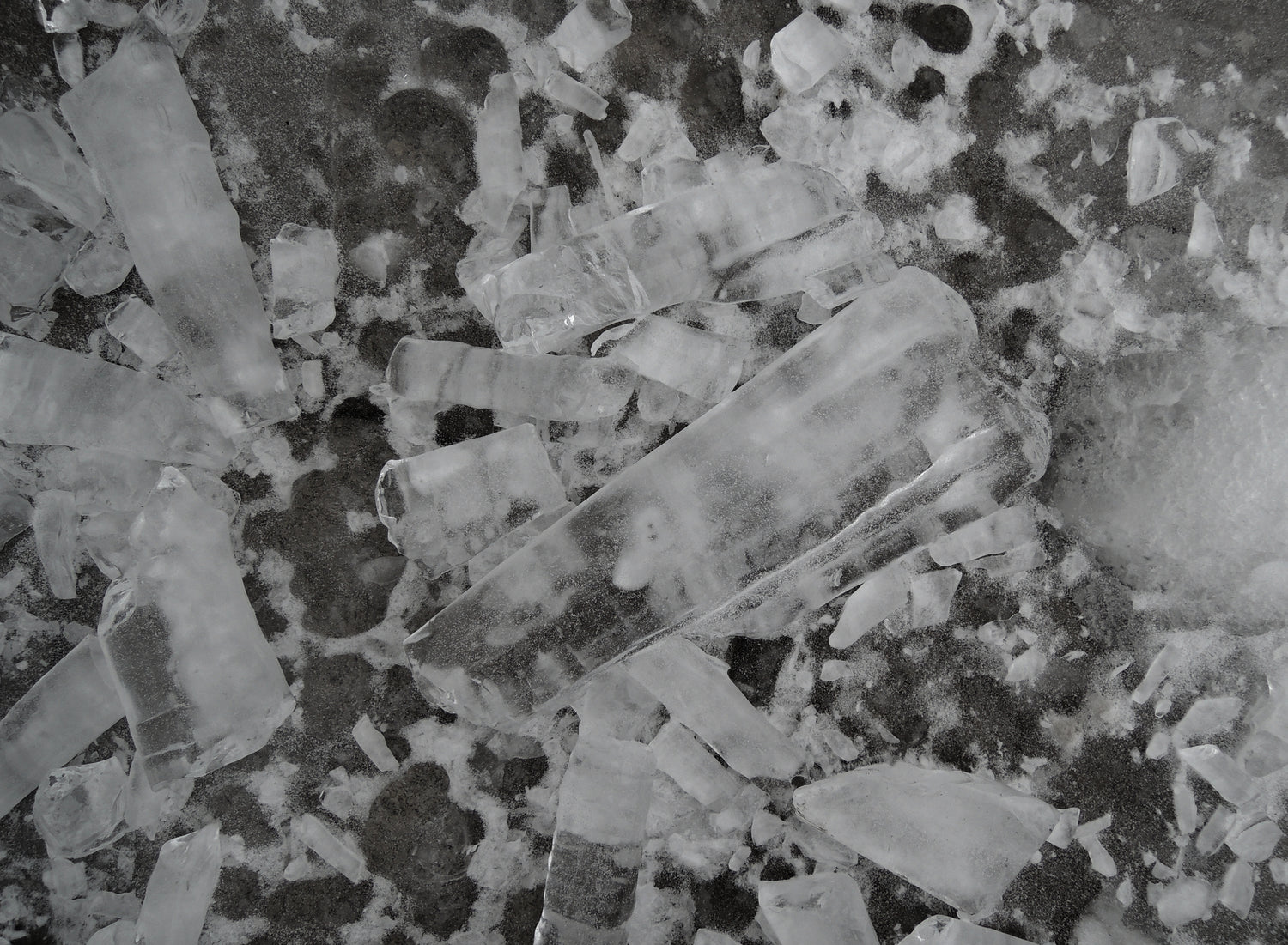Winter’s frosty grip can transform our world into a picturesque wonderland. But, along with its beauty, it brings along the perils of ice and snow-covered pathways. As homeowners and businesses alike scramble to ensure the safety of their premises, the use of ice melts becomes essential. But here's the catch: not all ice melt is created equal, especially when it comes to concrete surfaces. In this blog post, we'll explore ice melts that are safe for concrete and introduce you to products designed with your concrete surfaces in mind.
Why Should We Care About Concrete Safe Ice Melt?
Concrete is a widely used material, valued for its durability and strength. However, it's also porous, which means that when water penetrates its surface and then freezes, it can expand and cause the concrete to crack. This is where the problem with some ice melts come in.
Traditional ice melts can exacerbate this issue. They create a freeze-thaw cycle by melting the ice and then allowing it to refreeze, over and over again. This continuous cycle weakens the concrete, leading to cracks and potential structural damage over time.
Moreover, certain ice melts can contain chemicals that are corrosive. These can not only damage the concrete but can also harm the surrounding vegetation and pose risks to pets.
The Essentials of Ice Melt Safe for Concrete
When looking for concrete safe ice melt products, there are a few ingredients and attributes to keep an eye out for:
Calcium Magnesium Acetate (CMA): A biodegradable compound, CMA is considered safe for both concrete and the environment. It doesn't cause the dreaded freeze-thaw cycles and is non-corrosive.
Potassium Chloride and Magnesium Chloride: Both of these components are gentler on concrete compared to sodium chloride. However, they may still pose some risks if used excessively.
Lesser Sodium Content: Sodium can be corrosive, so opting for ice melt with lesser sodium content can be beneficial for your concrete surfaces.
Pet Safe: If an ice melt claims to be pet safe, it's typically a good indication that it’s gentler on concrete surfaces too.
Non-residue Formulation: Look for products that promise not to leave behind a white powdery residue. Not only does this make for cleaner surfaces, but it also means fewer chemicals are entering the environment.
Benefits of Using Concrete Safe Ice Melt
Longevity of Concrete Surfaces: By reducing the number of freeze-thaw cycles, the life of your concrete surface can be extended. However, it's worth noting that even concrete-safe products might still have a limited effect, and over-reliance can cause unwanted results over time.
Safety: Concrete-safe ice melts undoubtedly minimize the chances of slips and falls on icy paths. However, the application needs to be consistent to maintain this safety, as sporadic use might leave certain areas untreated and risky.
Eco-friendly (ish): Many concrete safe ice melt products boast an environmentally-friendly composition, meaning less harm to surrounding vegetation. However, while they may be less harmful than traditional ice melts, it doesn't mean they're entirely risk-free, so it's essential to apply them judiciously.
Peace of Mind: Knowing you're not inadvertently causing damage to your pathways or driveways is comforting. However, it's essential to recognize that no product is a cure-all. Regular monitoring and maintenance are still key.
Wrapping Up
Winter brings its own set of challenges, but with the right strategies and products, we can face them head-on. While concrete safe ice melts offer a range of benefits, they're just one tool in our winter arsenal. For those seeking an optimal solution, HeatTrak Snow and Ice Melting Mats present a unique and effective approach.
Stay warm, stay safe, and remember: knowledge is your ally in winter prep and maintenance. Keep exploring the HeatTrak Homeowner Blog for more insightful tips about winter preparation, maintaining your pathways, and how to make the most of your HeatTrak Snow Melting System.


